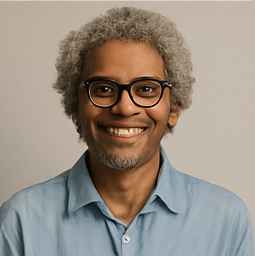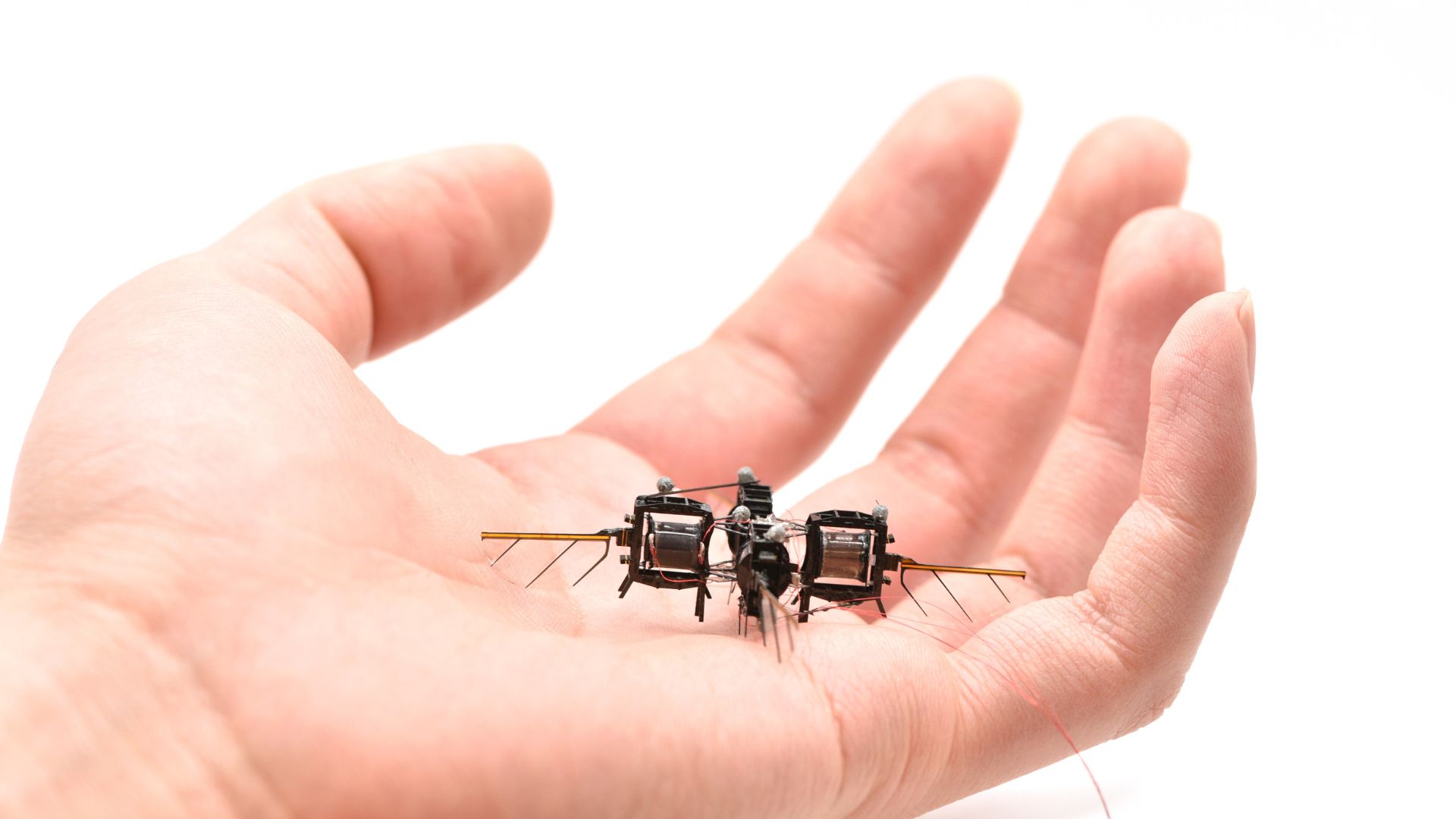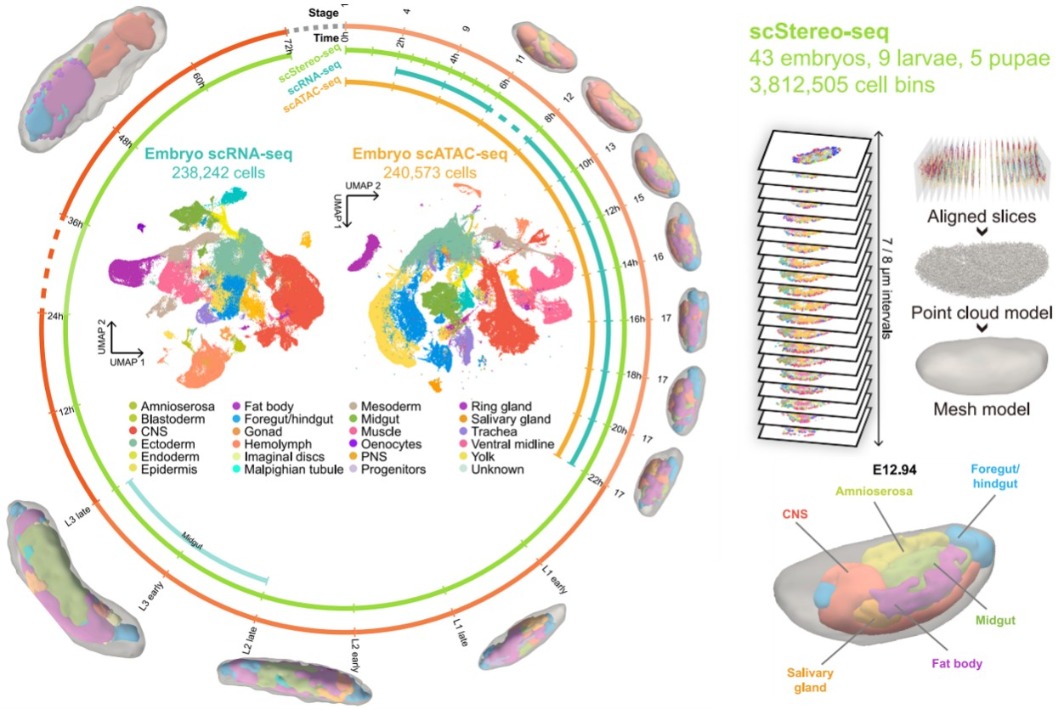Can AI Cure What Antibiotics Can’t?

Imagine a world where a cure for the deadliest infections is not solely derived from nature but rather crafted by a machine in mere seconds. What if life-saving proteins could be engineered with unprecedented speed, revolutionizing medical treatment? This vision is becoming a reality, thanks to groundbreaking research from Australian scientists who have harnessed the power of artificial intelligence (AI) to tackle the pressing issue of antibiotic resistance.
The alarming rise of microbial resistance to antibiotics has long posed a significant threat to global health. Fortunately, a team of researchers from the University of Melbourne's Bio21 Institute and the Monash Biomedicine Discovery Institute has developed a pioneering AI Protein Design Platform capable of designing lab-made proteins almost instantaneously. The implications of this innovation are immense, particularly with the creation of a protein that targets and effectively destroys superbugs like E. coli, which are known for their resistance to existing antibiotic treatments.
In a recent publication in Nature Communications, this breakthrough research encourages the scientific community to envision a future where AI not only assists in discovery but also drives innovation in medicine. Proteins, the fundamental building blocks of biological functions, have traditionally required years of painstaking trial and error to develop for medical applications. This new AI system changes the game, enabling rapid protein design specifically tailored for targeted medical purposes.
Led by Dr. Rhys Grinter and Associate Professor Gavin Knott, the research team utilized advanced algorithms and tools such as Bindcraft and Chai to create proteins that can bind to bacterial surfaces or inhibit harmful activities in cancer cells. The team’s innovative approach could significantly alter how the medical field responds to growing antibiotic resistance, particularly in the context of drug-resistant bacteria like E. coli.
Associate Professor Knott expressed enthusiasm over this achievement, stating, “This is the first time in Australia that a functional protein has been created using AI tools from start to finish. These proteins aren’t just theoretical—they’re working molecules with real-life applications.” This breakthrough highlights not only the potential for combating bacterial infections but also for tackling various health problems, including cancer, autoimmune diseases, snakebites, and rare genetic disorders.
One of the most striking aspects of this advancement is the speed at which these proteins can be designed—measured in mere seconds. This rapid development process dramatically shortens the timeline for drug discovery, ultimately reducing costs and enhancing access to life-saving treatments. PhD student Daniel Fox, who played a significant role in the lab work, emphasized the importance of democratizing protein design, ensuring that scientists worldwide can utilize these innovative tools. With free and open-source AI resources available, a broader global community of researchers can participate in this protein revolution.
The inspiration for this pioneering work can be traced back to David Baker, an American scientist and recent Nobel laureate known for his contributions to deep learning approaches in protein design. Baker's foundational work in de novo protein creation—starting from pure concepts and culminating in functional molecules—has encouraged scientists worldwide to explore the potential of AI in health innovation.
Now, Australia is stepping onto the global stage, establishing a robust and dynamic AI-driven protein design hub that merges biology, chemistry, and machine learning. The program's vision extends beyond generating isolated solutions; it aims to create a versatile, high-speed system capable of adapting swiftly to emerging diseases, testing new ideas, and addressing pressing medical challenges.
Professor John Carroll, Director of the Monash Biomedicine Discovery Institute, highlighted the significance of this advancement, stating, “The knowledge of protein structure, combined with cutting-edge AI, allows us to move quickly and design novel research tools and therapeutics. This new capability puts Australia right at the forefront of global biomedical innovation.”
In an era marked by escalating antibiotic resistance and the emergence of new diseases, this AI-driven approach could serve as a formidable weapon in our arsenal against these challenges. With the power to accelerate protein discovery and innovation, researchers may soon be better equipped to respond not only to antibiotic resistance but also to cancers and genetic disorders, marking a significant leap forward in medical science.
As AI evolves from being a mere tool to becoming a co-creator in the field of medicine, the possibilities of what it can achieve are limited only by our imagination.


























